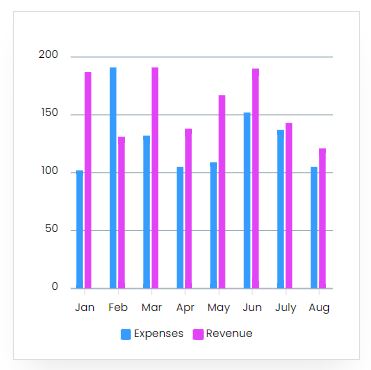Project Report For Egg Farming
Introduction
Project report for egg farming is as follows.
Egg farming, also known as egg production, is the process of raising chickens for the purpose of collecting their eggs. In India, egg farming is an important industry that contributes significantly to the country’s economy.
Eggs are a rich source of protein, vitamins, and minerals, making them an essential part of the human diet. In India, eggs are consumed in various forms such as boiled, poached, fried, and scrambled. They are also used as ingredients in a variety of dishes such as omelets, cakes, and pastries.

Egg farming in India is primarily carried out by small and medium-sized enterprises. These farms range in size from a few hundred to several thousand birds. Most egg farms in India are located in rural areas, and the majority of egg farmers are smallholder farmers who rely on egg production as their primary source of income.
In India, the most common type of chicken used for egg production is the White Leghorn, which is a breed known for its high egg production. Other breeds commonly used in egg farming in India include the Brown Leghorn and the Rhode Island Red.
Get Completely Custom Bankable Project Report
In recent years, there has been a growing demand for organic eggs in India. Organic egg farming involves the production of eggs from chickens that are raised on organic feed and in a natural environment. These eggs are perceived to be healthier and more nutritious than conventionally produced eggs, and as a result, they command a higher price in the market.
Market Potential Of Egg Farming
The global egg market is expected to be valued US$ 13.5 billion by 2022, increasing at an 8.9% CAGR from 2022 to 2032. Currently, the value of speciality egg sales accounts for around 2.5% of the global egg sector.
Expenses

Product Cost Breakup

Reveneue Vs Expenses

Market Trend

Egg farming in India has the potential to be a lucrative and sustainable industry, due to the country’s large population and increasing demand for protein-rich foods. According to the National Egg Coordination Committee (NECC), India is the world’s third-largest egg producer, with an annual production of around 78 billion eggs. The egg industry in India is largely composed of small-scale farmers, with around 95% of egg production coming from farms with fewer than 50,000 birds.
There are several factors that contribute to the market potential for egg farming in India. One of the main drivers of demand for eggs is the country’s growing population, which is expected to reach 1.5 billion by 2030. With a larger population comes a higher demand for protein-rich foods, including eggs, which are a relatively cheap and accessible source of protein.
Another factor that contributes to the market potential for egg farming in India is the increasing urbanization and income levels in the country. As more people move to cities and urban areas, and as incomes rise, there is a greater demand for a wider variety of foods, including eggs. The rising incomes of consumers also allow them to afford to purchase more eggs, which can further boost demand for the product.
